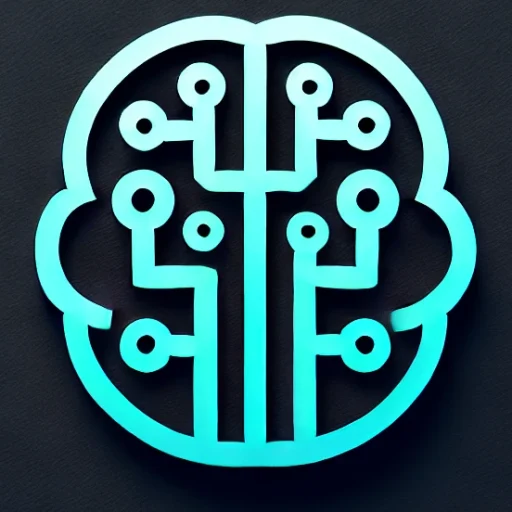
The Dawn of Generative AI: Transforming Creativity and Industries
In recent years, the rapid acceleration of artificial intelligence has consistently redefined the boundaries of technological innovation. Among the myriad of breakthroughs, generative AI stands out as a transformative force poised to revolutionize creativity and reshape industries. With its ability to create text, images, music, and more, generative AI is not just enhancing human creativity but also pushing the limits of what machines can achieve.
Key Insights & Latest Advancements
Generative AI refers to the use of machine learning models, particularly deep neural networks, to generate new content. Among its most celebrated technologies are Generative Adversarial Networks (GANs) and transformer models like GPT (Generative Pre-trained Transformer). These models learn from vast datasets and can produce outputs indistinguishable from human-created content.
Recent advancements have seen generative AI models like OpenAI’s DALL-E and Google’s Imagen push the envelope by creating highly realistic and contextually accurate images from textual descriptions. On the other hand, models such as GPT-4 have demonstrated remarkable proficiency in generating coherent and contextually relevant text, opening up new vistas in content creation.
Real-World Applications
The applications of generative AI are vast and varied, touching numerous facets of daily life and industrial processes:
- Art and Design: Artists are leveraging tools like Artbreeder and RunwayML to create unique and stunning artworks, facilitating a new era of digital art.
- Entertainment and Media: In film and game development, generative AI is used to create landscapes, characters, and even scripts, reducing production time and costs.
- Healthcare: AI models assist in drug discovery by predicting molecular structures and interactions, accelerating the development of new therapies.
- Automotive and Manufacturing: Generative design algorithms aid engineers in creating optimal structural designs with improved performance and reduced material usage.
Challenges & Future Outlook
Despite its promising potential, generative AI faces several challenges. Ethical concerns surrounding copyright, data privacy, and the misuse of AI-generated content present significant hurdles. The challenge of ensuring that AI outputs are free from bias and do not perpetuate stereotypes is another ongoing struggle.
Looking to the future, the integration of generative AI into various industries will likely lead to more personalized and efficient user experiences. However, it will require robust regulatory frameworks and international cooperation to navigate the ethical and societal implications effectively.
Conclusion
As generative AI continues to evolve, its impact on creativity and industry becomes increasingly profound. By enabling machines to produce creative works, we are not only enhancing human capabilities but also redefining what it means to create. While challenges remain, the potential benefits far outweigh the risks, promising a future where AI and human creativity synergize to usher in unprecedented innovation.
Generative AI is not just a technological trend; it represents a fundamental shift in our relationship with machines and creativity. As we stand at the cusp of this new era, understanding and guiding its development will be critical to harnessing its full potential.

